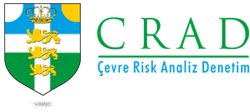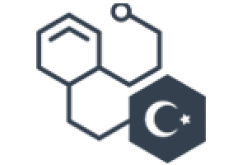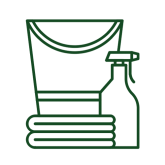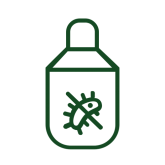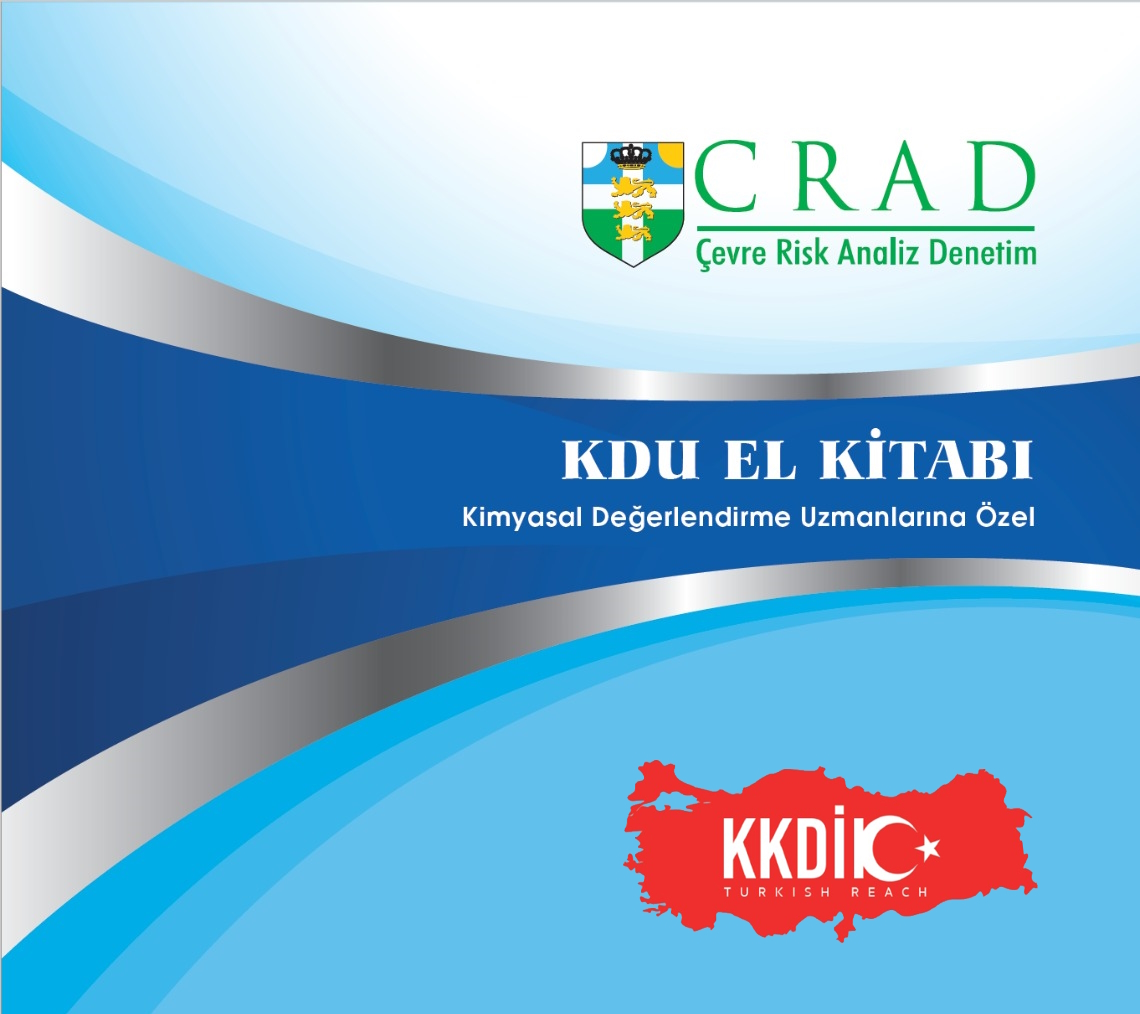CHEMICAL SAFETY ASSESSMENT AND CHEMICAL SAFETY REPORT
KKDIK is based on the principle that the industry should ensure the production, import, use or release of substances to the market without harming human health and the environment.
Chemical safety report (CSR) and chemical safety assessment (CSA) are important studies for the safe use and management of chemical substances. In order to ensure safety in the chemical industry, a chemical safety assessment is carried out and a chemical assessment report is prepared for substances that are produced and registered for 10 tonnes or more per year. If the substance is less than the threshold value specified according to the SEA(CLP) Regulation and if the substance complies with the specified criteria and is less than 0.1% by weight of the substance, there is no need for a chemical safety assessment.
Chemical Safety Assessment (CSA):
Chemical safety assessment (CSA) involves the determination of the specific hazardous properties of substances. This assessment process includes the determination of the harmful effects of substances according to their hazard classes and categories. The process also involves assessing the potential hazards of a chemical substance and determining the necessary measures to control these hazards. Chemical safety assessment usually covers every stage of the processes starting from the production of a chemical substance to its storage, transport, use and disposal. The purpose of CSA is to provide a scientific basis for minimising and managing the potential effects of a chemical substance on human health, the environment and other systems.
KGD is carried out by a Chemical Assessment Expert. If a substance is produced or imported in quantities of 10 tonnes or more per year, a chemical safety assessment (CSA) is required. This assessment is documented in a Chemical Safety Report (CSR) in accordance with KKDIK and submitted as part of the registration dossier. KKDIK Annex 1 contains general provisions for the assessment of substances and preparation of chemical safety reports. One of the main objectives of CSA is to determine the conditions of use under which risks can be controlled.
CSA may vary according to exposure assessment, classification and labelling, risk assessment results and the characteristics of the substance.
Chemical safety assessment (CSA) starts with hazard identification and assessment. It is then followed by a repeated process of CSA, exposure assessment and risk characterisation. In this process, it is important to provide basic information requirements and to demonstrate that risks are controlled for all exposure scenarios.
Chemical Safety Assessment consists of physico-chemical hazard assessments, human health hazard assessments, environmental hazard assessments, PBT and vPvB assessments. If the substance has PBT and vPvB or hazards in Annex 1, exposure assessment and risk characterisation steps are added.
Chemical Safety Report (CSR):
The Chemical Safety Report is a document created as part of the KKDIK registration process and provides information to all users of chemicals through exposure scenarios provided by the registrant. A chemical safety report is a document in which the information required for the safe use of a chemical substance is compiled and presented. In other words, the CSR is a document containing the information in the chemical safety assessment and the conclusions reached in the CSA. CSR may include information such as properties of a chemical substance, hazards, precautions for safe use, emergency procedures. These reports are an important guide for manufacturers, distributors and users of chemicals.
The Chemical Safety Report (CSR) is one of the main foundations of the registration dossier. The registration dossier is the information submitted by the registrant to comply with the registration requirements for a particular substance. The other basis of the registration dossier is the technical dossier entered into the KKS system.
The CSR consists of two parts, Part A and Part B. Part A;
• Summary of Risk Management Measures (RMM),
• Declaration of the implementation of RMM
• Declaration that the RMM has been communicated.
Part B is automatically generated by an extension in the KKS and reports the assessment. Part B consists of 10 headings. The first 8 of these headings are mandatory for all chemical substances. The last two headings are mandatory for PBT/vPvB and hazardous substances. The subheadings of Part B are as follows:
• Identity of the substance, physical and chemical properties,
• Manufacture and uses,
• Classification and labelling,
• Environmental fate properties
• Human health hazard assessment
• Human health hazard assessment of physicochemical properties
• Environmental hazard assessment
• PBT and vPvB assessment
• Exposure assessment (and related risk identification)
• Risk characterisation for combined exposure
The CSR should be clearly understandable as it will be communicated to the registrants, i.e. the downstream parts of the supply chain. The assumptions applied and the conclusions reached must be transparent.
